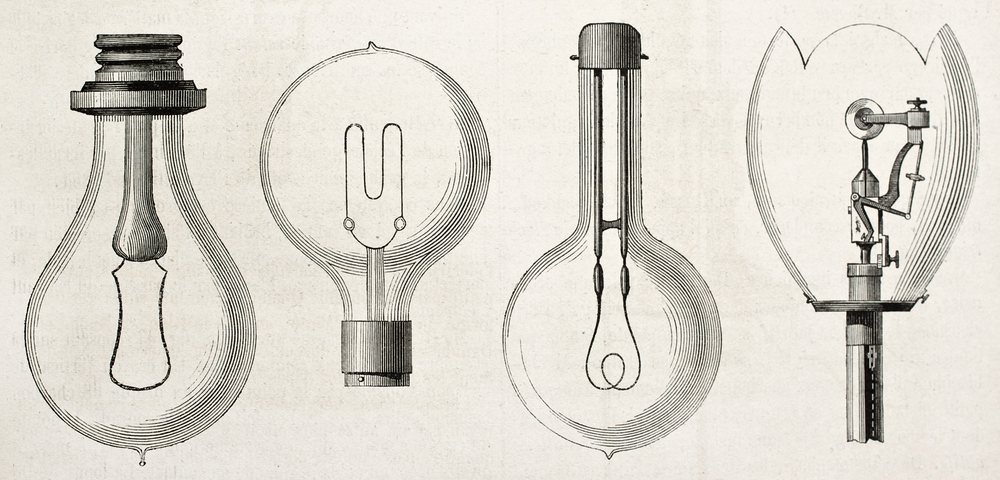
The invention of the light bulb was a major breakthrough in modern history. Surprisingly, the first incandescent light bulbs were invented in 1802 by a British scientist named Humphry Davy. He used a battery-powered carbon arc lamp to produce light called the “Electric Arc.” However, the technology was too inefficient and expensive for widespread use at the time. It wasn’t until Thomas Edison perfected his design in 1879 that the technology became widely used.
Edison improved Humphrey Davy’s design by using a filament made of carbonized cotton thread that burned hotter and lasted longer than other materials. Along with his invention of the first practical electrical dynamo, Edison’s light bulb made electricity widely available for commercial and residential use.
The impact of the electric light bulb was felt almost immediately after its introduction. Industries were able to produce goods faster since they were no longer limited by day-light hours; homes could remain lit well into the night, allowing people to work on projects and do activities they would not have been able to do before; and people had more leisure time available as artificial lighting allowed them to stay up later. The electric light bulb also helped create a sense of security in dark places, reducing the fear of criminals taking advantage of darkness. Needless to say, the light bulb quickly revolutionized life worldwide, giving people access to reliable lighting during both day and night hours. This opened up many new opportunities for productivity and entertainment, as well as helping to reduce crime rates in cities.
In addition, Edison’s light bulb made electricity more accessible and affordable for people worldwide. This enabled people to live with better lighting, heating, and even refrigeration—all of which improved living conditions significantly.
It took many years before electric lighting spread beyond factories and businesses into homes. As time passed and electricity became even more accessible, manufacturers began creating new types of electric light, such as fluorescent lamps, halogen lights, sodium vapor lamps, and LED lights. Each type of lighting offered different advantages and allowed for more efficient electricity use.
Today, electric lighting has become a mainstay of modern life. It provides light when needed and can set the mood in any space. Electric lighting is so ubiquitous that it’s hard to imagine life without it! Thanks to Edison’s invention, our lives have been greatly improved by the presence of artificial light. The invention of the light bulb truly revolutionized how we live today.










